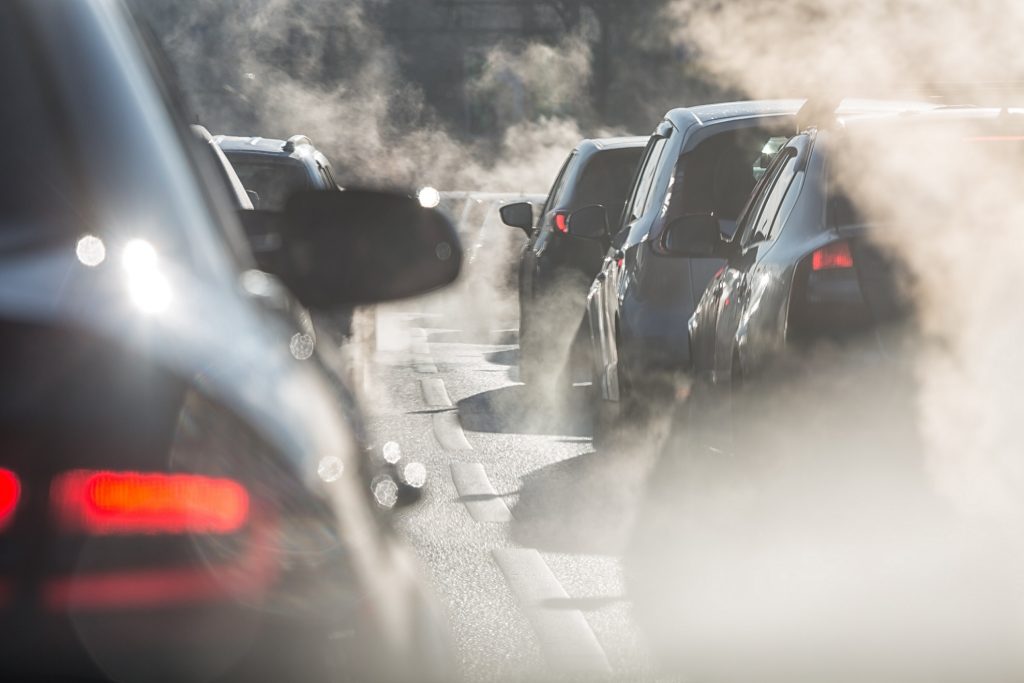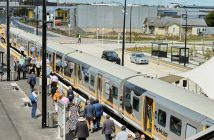Upping the cost of fuel to incentivise cleaner travel options will only work if those options are available in the first place, says Malcolm McCracken in Better Things Are Possible

The Emissions Trading Scheme (ETS) is a cap-and-trade scheme operating in New Zealand that places a price on domestic carbon emissions (excluding agriculture), creating a financial incentive for businesses and individuals to transition towards cleaner and more sustainable practices.
For transport, you pay into the ETS when you purchase fuel. As the carbon price rises, this will be reflected in the cost of fuel, encouraging fuel customers to reduce their carbon emissions by opting for more fuel-efficient vehicles, adopting alternative fuels, or using other transport options like public transport.
This will help reduce emissions from transport, assuming carbon prices continue to rise. However, there are real risks with relying only on the ETS to reduce emissions from the transport system.
A key risk is that this ignores the effects of the transport and land-use system we have established in New Zealand. The reality is that many people have little choice but to drive because we have created a built environment and transport system that is car-dependent and thus high emissions by design.
Today, many Kiwis suffer from what is defined as transport disadvantage, where people have limited options to participate in everyday activities and transport poverty, people who pay more than they can reasonably afford for travel. Unless we invest in transport choices, we risk exacerbating this issue and pricing more people out of participation in society.
Taking a carrot-and-stick approach will deliver a more secure policy platform that is more likely to deliver the emissions reductions we need from the transport system. The “stick” is the pricing of carbon through ETS, to make people consider alternatives and reduce their emissions from transport. The “carrot” in this scenario is providing transport choices through investments in public transport, walking, cycling and micro-mobility.
These investments will create a choice on whether to take public transport, walk or cycle more often, but also incentivise more fuel efficient or electric vehicles, trip chaining to minimise driving and choosing to live closer to their place of work and other regular destinations.
However, without those choices, as is currently the case in many parts of our towns and cities across the country, we risk public pushback against the ETS. In this scenario, there is a serious risk that support for the ETS becomes politically unsustainable and it will fail. This is why we need a system change in our transport and land-use system.
But what about the market?
Pricing emissions in transport is a market-centric policy, so what about the market solutions for alternative transport solutions?
Unsubsidised transport does exist in some contexts, where there is sufficient demand. However, in most contexts, there is significant public investment to generate economic and social good. This is particularly true in New Zealand, where all transport is dependent on public investment to function. We collectively pay for roads, public transport, cycleways and footpaths through fuel taxes and road user charges, our rates and general taxation because of the public good this creates.
All of these solutions will continue to require public investment. In order to reduce emissions from transport and create resilience through mode and network choice, we need to:
- use right-sized public transport solutions, which support growth while removing car dependency.
- improve resiliency in our roading network as the climate changes.
- invest in infrastructure to make it safe to walk, cycle and scoot for local trips to reduce car dependency.
- make changes to our land-use planning system to make it easier to build more homes, at higher densities, in accessible locations in our cities.
Put simply, if there is no public investment in these solutions, they will not exist when the ETS really ramps up the cost of driving. To succeed, we need the ETS to provide the right price signals and we need to make the right investments to provide transport choice. The end result is a more inclusive New Zealand through better transport choices.








